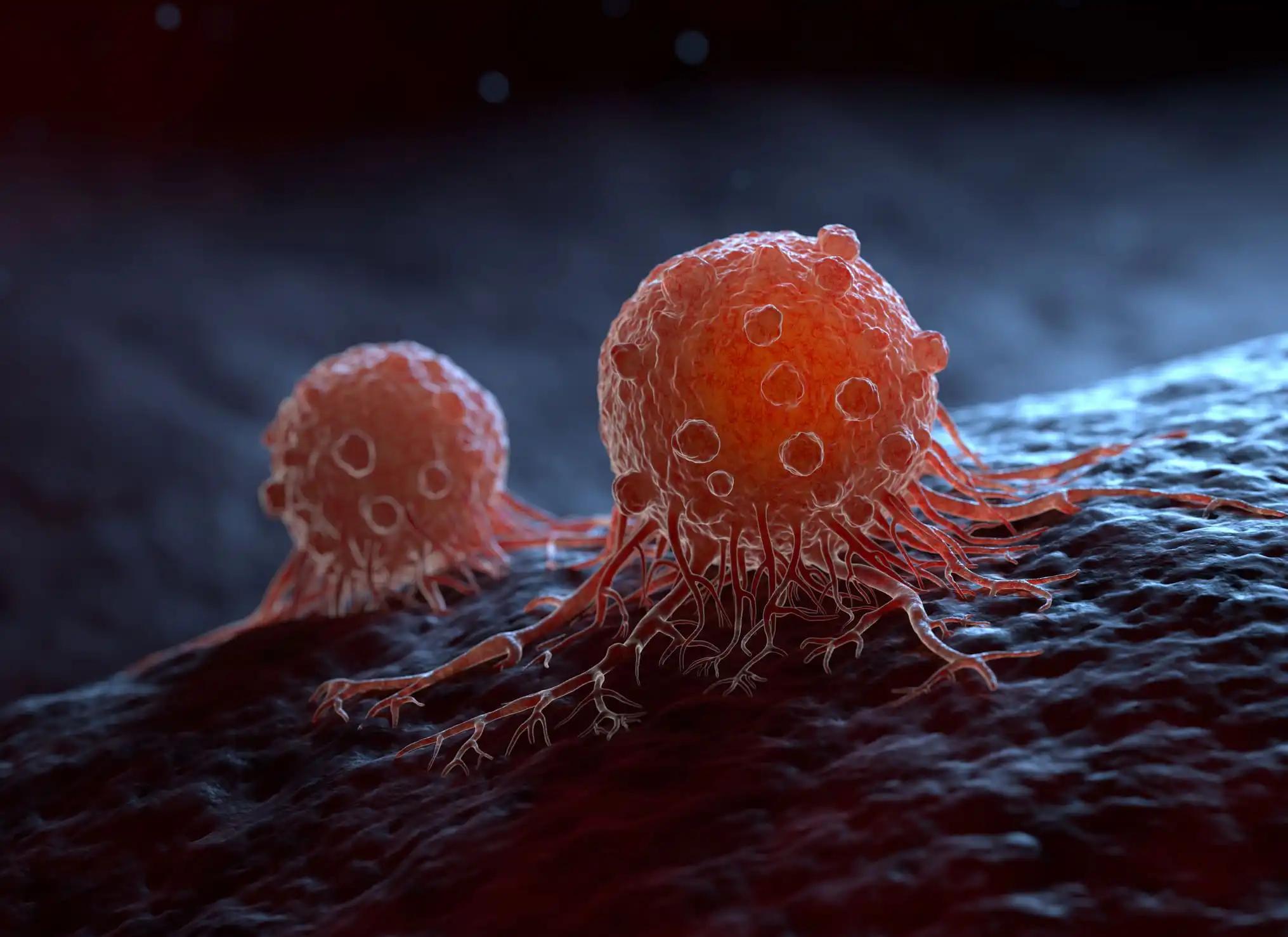KEY TAKEAWAYS
- This pilot study evaluated the use of 2 doses of neoadjuvant cemiplimab in patients with cutaneous squamous-cell carcinoma and demonstrated a high percentage of pathological complete response.
- A phase 2 confirmatory study was conducted to evaluate cemiplimab as neoadjuvant therapy in patients with resectable stage II, III, or IV (M0) cutaneous squamous-cell carcinoma.
- The primary end point was a pathological complete response on independent review, with a null hypothesis that a pathological complete response would be observed in 25% of patients.
- The results of the study showed that neoadjuvant therapy with cemiplimab was associated with a pathological complete response in 51% of patients and a pathological major response in 13% of patients.
- These findings suggest that neoadjuvant therapy with cemiplimab may be an effective treatment option for patients with resectable cutaneous squamous-cell carcinoma, although further data from larger studies are needed to confirm these results.
Patients with cutaneous squamous-cell carcinoma who were given 2 doses of neoadjuvant cemiplimab before to surgery showed a significant rate of histological full response in a pilot study. A phase 2 study’s results are required to validate these observations. Ceriplimab was studied as a neoadjuvant therapy for patients with resectable stage II, III, or IV (M0) cutaneous squamous-cell carcinoma in a phase 2, confirmatory, multicenter, nonrandomized research. Participants were given 350 milligrammes (mg) of cemiplimab every 3 weeks for a maximum of 4 doses before receiving potentially curative surgery.
The major end objective was the presence or absence of live tumour cells in the surgical specimen upon independent assessment at a central laboratory; the null hypothesis was that this would be seen in 25% of patients. Independent review of a pathological major response (defined as the presence of viable tumour cells comprising 10% of the surgical specimen), investigator assessment of a pathological complete response or pathological major response in a local laboratory, an objective response on imaging, and adverse events were considered secondary end points.
There were 79 patients enrolled and all of them were given neoadjuvant cemiplimab. Forty patients (51%) and 10 patients (13%) (95% CI, 6 to 22) had a pathological full response and a pathological substantial response, respectively, on independent review. All of these findings lined up with the pathogenic reactions that the researchers had predicted. About 64 out of 78 patients (68%) showed an objective response on imaging, with a 95% confidence interval of 57-78. As many as 69 patients (87% of the total) had treatment-emergent adverse events (AEs) of any grade during the trial period. Fourteen individuals (18%) experienced adverse events of grade 3 or higher during the research period. High rates of histological full response were seen after neoadjuvant cemiplimab treatment in individuals with resectable cutaneous squamous-cell carcinoma.
Source:https://pubmed.ncbi.nlm.nih.gov/36094839/
Clinical trial: https://clinicaltrials.gov/ct2/show/NCT04154943
Gross, N.D., Miller, D.M., Khushalani, N.I., Divi, V., Ruiz, E.S., Lipson, E.J., Meier, F., Su, Y.B., Swiecicki, P.L., Atlas, J., Geiger, J.L., Hauschild, A., Choe, J.H., Hughes, B.G.M., Schadendorf, D., Patel, V.A., Homsi, J., Taube, J.M., Lim, A.M. and Ferrarotto, R. (2022). Neoadjuvant Cemiplimab for Stage II to IV Cutaneous Squamous-Cell Carcinoma. New England Journal of Medicine. doi:https://doi.org/10.1056/nejmoa2209813.



